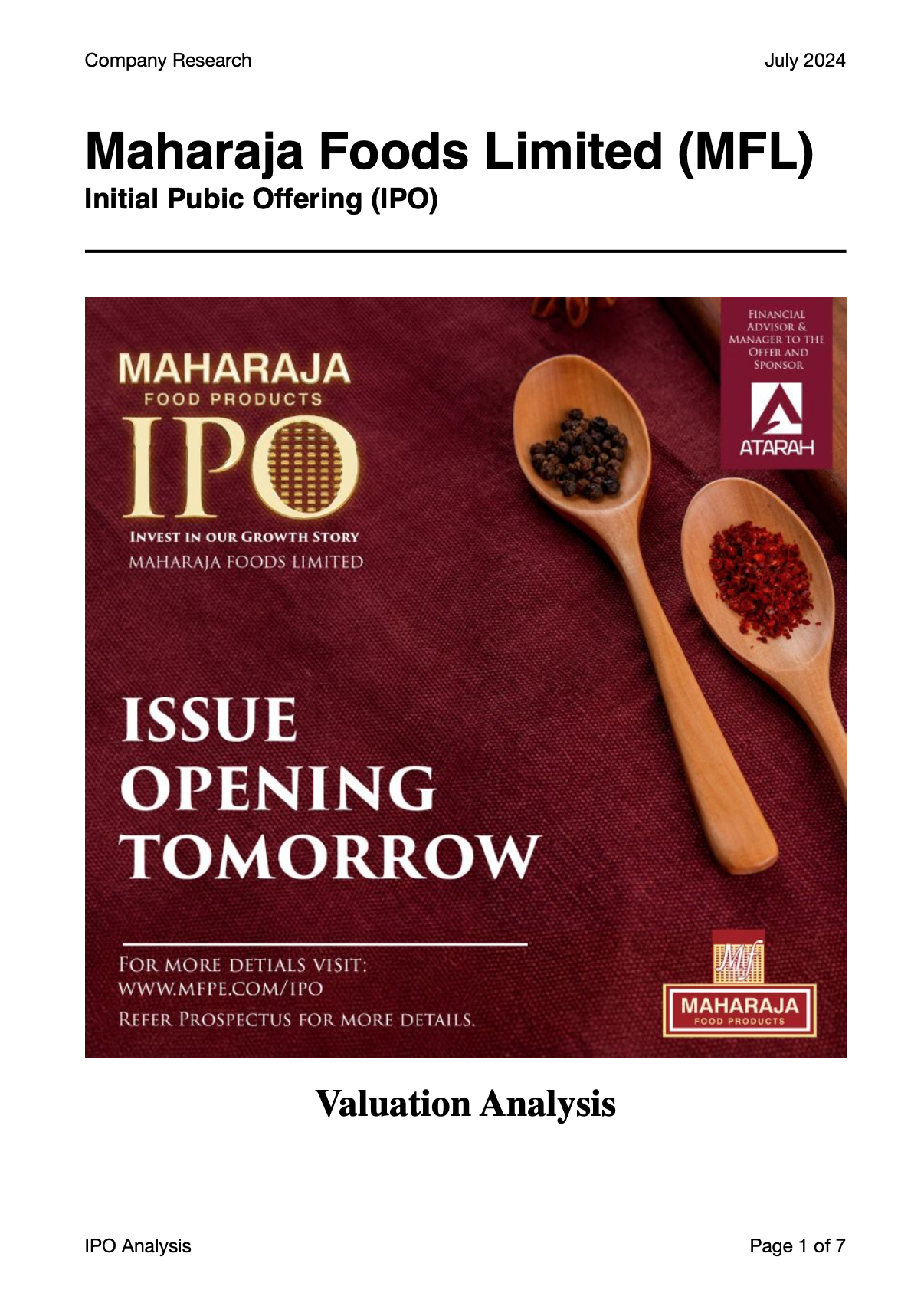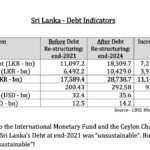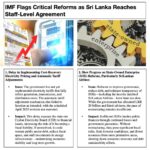Financial Performance Concerns
- Improper Valuation
- Revenue Growth and Sustainability Issue
- Profit Margins and Cost Management Issue
- Debt Levels and Financial Stability Issues
- Liquidity and Cash Flow Issues
Download Full Report: https://lankabizz.net/product/maharaja-foods/
While MFL has shown growth in revenue, the dependency on export markets, especially with fluctuating economic conditions in Europe and Australia, poses a risk. The company’s revenue from exports reached LKR 317.3 million in FY 2023/24, which indicates heavy reliance on international markets.
The local market contribution has declined significantly, and the future growth prospects in the local market seem limited with increased competition and market saturation.
- The gross profit margins have been inconsistent, with a notable dependency on cost management. MFL’s gross profit margin was around 19% in FY 23/24, which, although an improvement, is vulnerable to raw material price fluctuations and other supply chain disruptions.
- The administrative expenses have increased by approximately 17%, impacting the overall profitability. High operational costs and inflationary pressures continue to be a concern.
- MFL’s gearing ratio stands at 53.7%, indicating a high level of debt relative to its equity. The company’s dependency on short- term borrowings for working capital needs reflects financial instability.
- The significant amount of short-term loans, amounting to LKR 150.28 million, utilized for export orders, raises questions about the company’s ability to manage its cash flow effectively.
- The company’s liquidity position, with a current ratio of 0.8x and a quick ratio of 0.7x, indicates potential difficulties in meeting short- term obligations. This can affect its operational efficiency and financial health.
Improper Valuation
The valuation of Maharaja Foods Limited (MFL)
The valuation of Maharaja Foods Limited (MFL) was conducted using both the Discounted Cash Flow (DCF) methodology and the Relative Valuation Methodology. The report highlights several critical aspects which raise concerns about the current valuation and future prospects of MFL.
1. Discounted Cash Flow Methodology:
The DCF methodology is heavily reliant on the future cash flow projections of the company. The Free Cash Flow to Firm (FCFF) calculations provided for the next five years show fluctuating values, which introduces a level of uncertainty in the financial stability of the company. For instance, the FCFF ranges from a negative of LKR 4.58 million in 2026 to a high of LKR 111.72 million in 2029.
The DCF valuation is heavily reliant on future cash flow projections, which are based on optimistic assumptions regarding revenue growth, cost management, and market conditions. Any deviation from these assumptions can significantly impact the valuation.
The assumed growth rates and improvement in profit margins may not be sustainable given the competitive and volatile nature of the food industry.
The terminal value of 873.4 million constitutes a significant portion of the DCF valuation, making it highly sensitive to the chosen growth rate and discount rate. Any miscalculation or overly optimistic terminal growth rate can inflate the valuation.
The assumption of perpetual growth in cash flows is unrealistic in a rapidly changing industry.
◦The Weighted Average Cost of Capital (WACC) used in the DCF calculation is 17.3%, which is significantly high. This high WACC indicates a higher risk premium demanded by investors, reflecting underlying risks associated with the company and its operations .
◦The long-term growth rate assumption of 4% appears optimistic given the current economic conditions and the competitive landscape of the food industry .
2. Relative Valuation Methodology:
The PE multiple approach applied using peer-based earnings multiple resulted in a fair value per share of LKR 5.73, which is adjusted to LKR 5.00 after considering a 30% discount. This substantial discount reflects the market’s perception of risk and the relative undervaluation compared to its peers .
The weighted average PE of comparable companies is calculated at 11.98 after a discount, which suggests a lack of confidence in MFL’s ability to perform at par with its peers in the industry .
The P/E multiples of peer companies are influenced by market sentiment, which can be highly volatile. Relying on these multiples may not provide a stable and reliable valuation for MFL shares. The recent performance of peer companies may not be indicative of their long-term potential, leading to skewed valuation results.
Future Prospects
Several risk factors and market conditions indicate potential challenges for the future prospects of Maharaja Foods:
- Market and Industry Risks:
- The food manufacturing and exporting industry is fraught with challenges such as supply chain disruptions, regulatory compliance issues, trade barriers, and currency fluctuations. These factors can significantly impact MFL’s operational efficiency and profitability .
- Intellectual property risks and counterfeiting issues pose threats to the brand reputation and market competitiveness of MFL .
- Environmental and sustainability risks are increasingly becoming critical, and failure to address these can lead to reputational damage and regulatory scrutiny .
- Financial Health and Capital Structure:
- The company has a high cost of equity (20.97%) and cost of debt (12.5%), reflecting a risky financial structure. The debt-to-equity ratio is relatively high, with significant interest-bearing borrowings that could strain the company’s liquidity .
- The projected financial statements show a substantial increase in liabilities and a moderate increase in equity, indicating potential issues with leverage and financial stability .
- Operational and Strategic Challenges:
The company’s reliance on specific markets and the competitive nature of the food industry require robust strategic planning and execution. Any deviation from projected growth and operational improvements can adversely affect financial performance .
The high dependence on macro-economic improvements and internal strategies to drive growth highlights the uncertainty and risks associated with achieving the projected targets .
Conclusion
The valuation and future prospects of Maharaja Foods Limited suggest several red flags. The high-risk premium, fluctuating cash flow projections, and significant market and operational risks indicate that the current valuation may be overly optimistic. Potential investors should exercise caution and consider these factors critically before making investment decisions.
Download Full Report: https://lankabizz.net/product/maharaja-foods/















